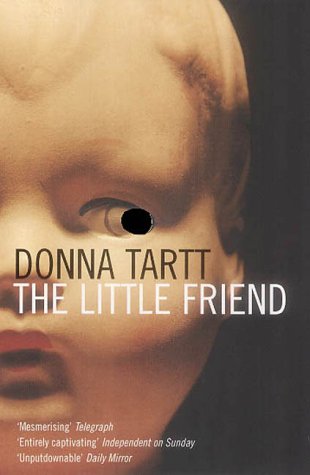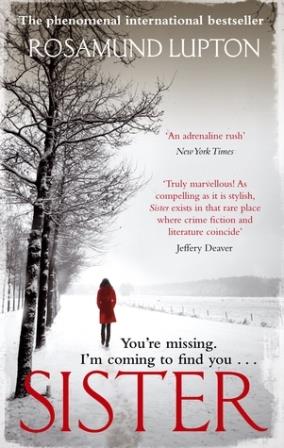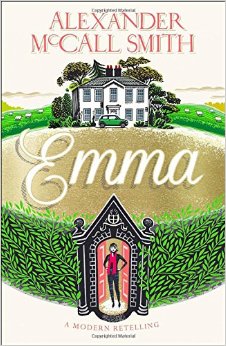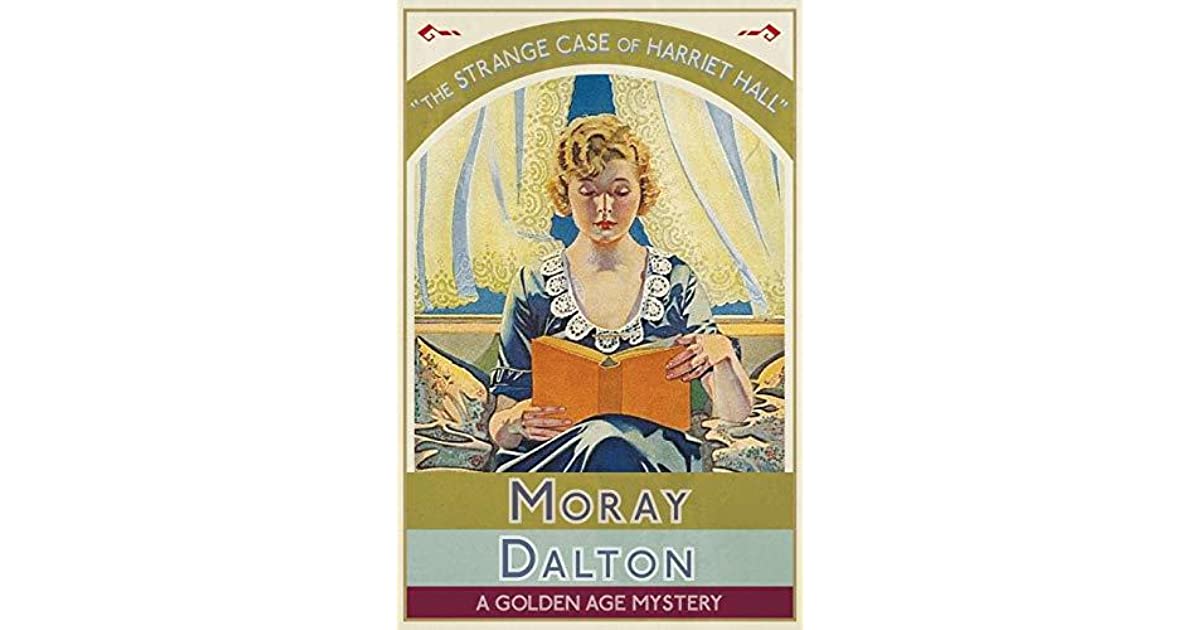
Don’t judge this book by its seriously creepy cover. (Seriously. Creepy.)
If you did, you might miss out on a treat.
What’s it about?
13 year old Harriet is trying hard to grow up. Her reluctant entrance into adolescence is made worse by her parents’ reactions to her long-dead brother: her father has moved away, her mother has drifted away, her sister just sleeps. At the height of another dull summer, Harriet decides to get revenge on the person responsible for her family’s disintegration: her brother’s killer. But who is he? Harriet resolves to find out and punish him.
What’s it like?
It’s not the work of crime fiction you might anticipate from the premise. It takes Harriet 100 pages – slightly less than a fifth of the entire book – to decide to investigate her brother’s murder, and even then “investigate” does not turn out to be the most appropriate verb for Harriet’s inept questioning of her elders or swift reaching of conclusions.
“Twelve years after Robin’s death, no one knew any more about how he had ended up hanged from a tree in his own yard than they had on the day it happened.”
Instead, Tartt has written a slice of life set in the American Deep South, where days are slow and folk are poor and no-one wants to think about poor Robin’s death. Having grown up in the South, presumably Tartt’s writing is accurate when it evokes a whole world in telling detail. She takes a whole paragraph to describe the tenor of a bird’s cry and describes a sign in detail. The novel is full of parentheses and dashes, throwaway details that bring Harriet’s world vividly to life. In some novels this would be the dross that a thorough editor would remove; in ‘The Little Friend’ these details are what make the novel such a pleasure to meander though.
Tartt’s use of language is excellent. She makes regular use of collective nouns – Harriet burrows in a “drift of bedclothes” – which create a thorough sense of time, place and action. You can read for the simple pleasure of the words and the pictures they conjure up rather than being hooked by a plot.
Harriet herself is utterly convincing. She regularly does things with no idea why, before or after. She reaches decisions with absolute conviction after the briefest deliberation and will not be deterred. Her slightly younger friend, Hely, loves her in a similarly childish and determined way which Tartt captures perfectly when Hely reflects on his dream that “Then they would be married forever”. Other characters are equally believable and just as thoroughly drawn; there are no clichés or sketches here.
“Harriet stiffened, less at the burn (glossy red, with the fibrous, bloody sheen of raw membrane) than at his hands on her shoulders.”
This is a Bildungsroman with echoes of ‘Harriet the spy’ and ‘To Kill a Mockingbird’. It’s a depiction of a family in crisis, but a quiet kind of crisis, the kind reached years after the devastating event. Readers may yearn to shake Harriet’s mother, Charlotte, to point her attention towards her two living children, but as suits a book of this ilk, Tartt doesn’t leave the reader in a hopeful place.
In fact, the ending is very abrupt, and I would have preferred greater closure, or even just an ending that focused more on the central character. Despite this it (mostly) works. In real life, there aren’t simple answers or clear stopping points. If you prefer your fiction not to emulate real-life too closely then this may not be for you.
A more serious flaw, IMO, is the deeply unrealistic final fate of one of the more dangerous characters, Danny. In a less realistic novel it would be easy to skip over a less than convincing development, but in this novel, with its carefully realised characters and detailed character histories, the daftness of it sort of smacks you round the face and adds a bitter taste to a sad tale.
Who is Donna Tartt?
Tartt is renowned for her first novel ‘The Secret History’, which I’ve never read. It took her ten years to publish this, her second book, but she is adamant that this wasn’t due to writer’s block or similar. She simply wanted the opportunity to research the book thoroughly and write it carefully, especially as she was deliberately taking on a very different approach by writing a “symphonic [novel], like War and Peace”. This seems just as effective an approach as churning out a book a year in terms of sales as it gives her a bit of mystique in an industry that seems to think you’re out of date if your new hardback isn’t ready prior to the release of your last paperback.
Conclusions
This is a good read if you enjoy a leisurely pace, lots of description and the opportunity to ponder the meaning of various symbols. If you want to know what actually happened to Robin, you may find yourself frustrated.
I enjoyed reading ‘The Little Friend’ and have added a large tick next to ‘The Secret History’ in my mental TBR list, but without the incentive of a book group meeting to motivate me I’m not sure when I’ll feel I have the time to tackle it.


